Technological Advancements
Technological innovations in scaffolding design and materials are significantly influencing the Suspended Scaffolding Market. The introduction of lightweight, high-strength materials, such as aluminum and advanced composites, enhances the safety and efficiency of suspended scaffolding systems. Furthermore, the integration of smart technologies, including sensors and IoT devices, allows for real-time monitoring of scaffolding conditions, thereby improving safety protocols. Market data suggests that the adoption of these advanced technologies could lead to a 10% increase in market growth over the next five years. As construction companies increasingly prioritize safety and efficiency, the demand for technologically advanced suspended scaffolding solutions is expected to rise, further driving the market.
Focus on Safety Regulations
The emphasis on safety regulations in the construction industry is a crucial driver for the Suspended Scaffolding Market. Regulatory bodies are continuously updating safety standards to minimize workplace accidents, which has led to a heightened demand for compliant scaffolding solutions. Data indicates that regions with stringent safety regulations experience a higher adoption rate of suspended scaffolding systems, as these systems are designed to meet or exceed safety requirements. This trend is likely to continue, with an anticipated increase in market size by approximately 8% in the coming years, as companies invest in safer scaffolding options to adhere to regulations and protect their workforce.
Growth in Renovation Projects
The rising trend of renovation and refurbishment projects is contributing to the expansion of the Suspended Scaffolding Market. As older buildings require upgrades to meet modern standards, the need for effective scaffolding solutions becomes paramount. Market analysis indicates that renovation activities account for a significant portion of construction spending, with estimates suggesting that renovation expenditures could reach 50% of total construction costs in certain regions. This shift towards renovation projects necessitates the use of suspended scaffolding, which offers versatility and ease of access for workers. Consequently, the growth in renovation projects is likely to bolster the demand for suspended scaffolding systems, further enhancing the market landscape.
Rising Construction Activities
The increasing number of construction projects across various sectors appears to be a primary driver for the Suspended Scaffolding Market. As urbanization accelerates, the demand for residential, commercial, and industrial buildings rises. According to recent data, construction spending has shown a steady upward trend, with estimates indicating a growth rate of approximately 5% annually. This surge in construction activities necessitates efficient access solutions, thereby enhancing the demand for suspended scaffolding systems. These systems provide flexibility and safety, making them a preferred choice for high-rise buildings and complex structures. Consequently, the growth in construction activities is likely to propel the Suspended Scaffolding Market, as contractors seek reliable scaffolding solutions to meet project timelines and safety standards.
Increased Investment in Infrastructure
The surge in infrastructure development initiatives is a vital driver for the Suspended Scaffolding Market. Governments and private entities are investing heavily in infrastructure projects, including bridges, highways, and public facilities, to support economic growth. Recent reports indicate that infrastructure spending is projected to grow by 6% annually, creating a robust demand for scaffolding solutions that facilitate construction and maintenance activities. Suspended scaffolding systems are particularly advantageous for infrastructure projects, as they provide safe and efficient access to elevated work areas. This increasing investment in infrastructure is expected to significantly contribute to the growth of the Suspended Scaffolding Market, as contractors seek reliable scaffolding options to support their projects.


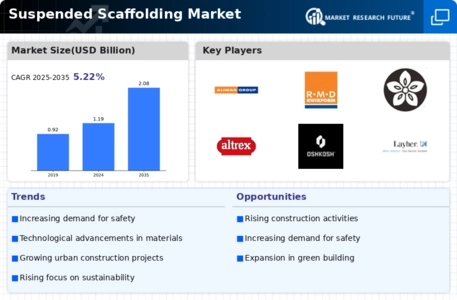
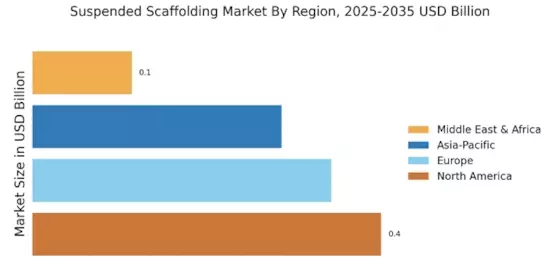

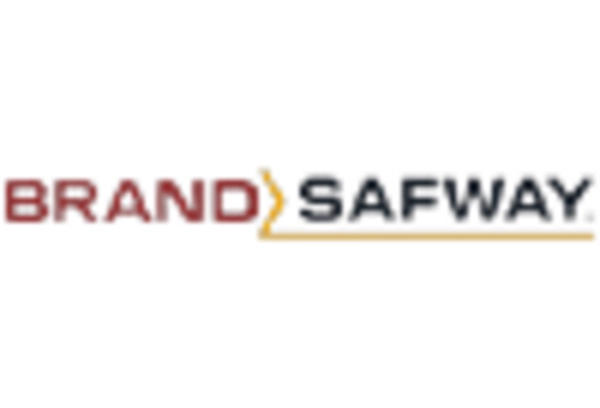
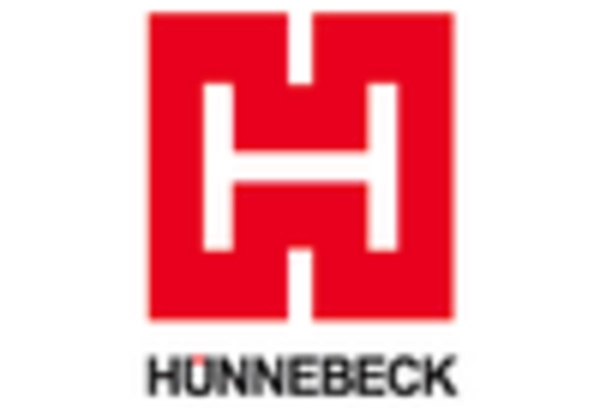

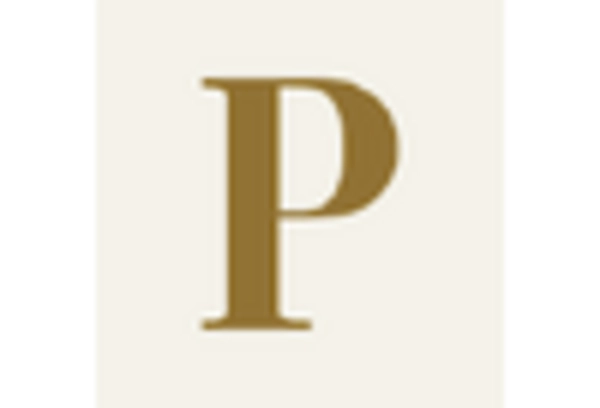
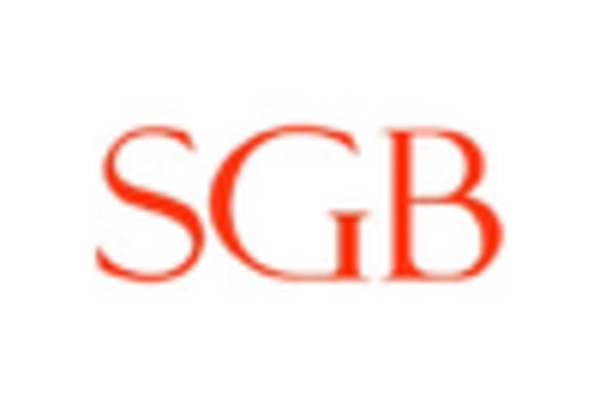








Leave a Comment